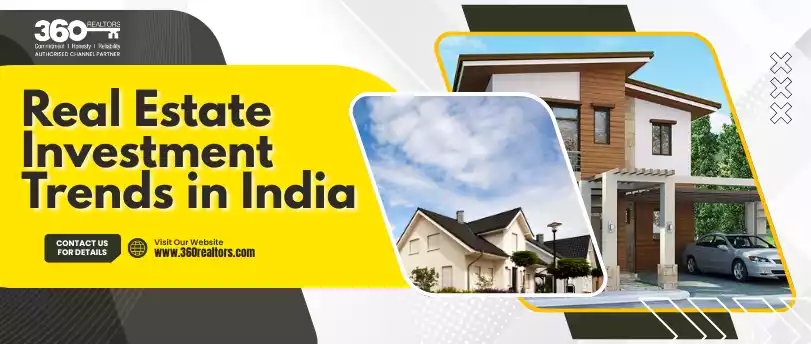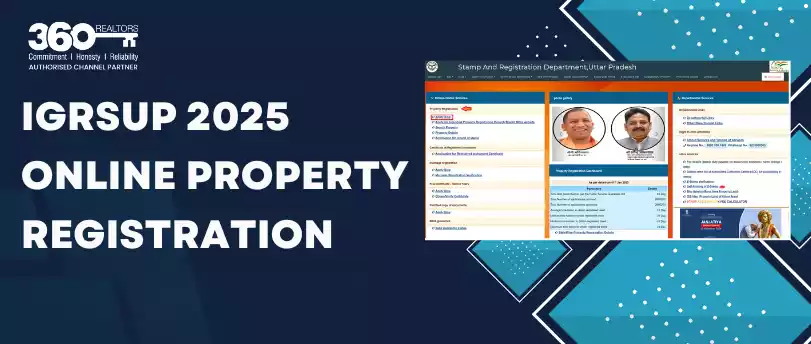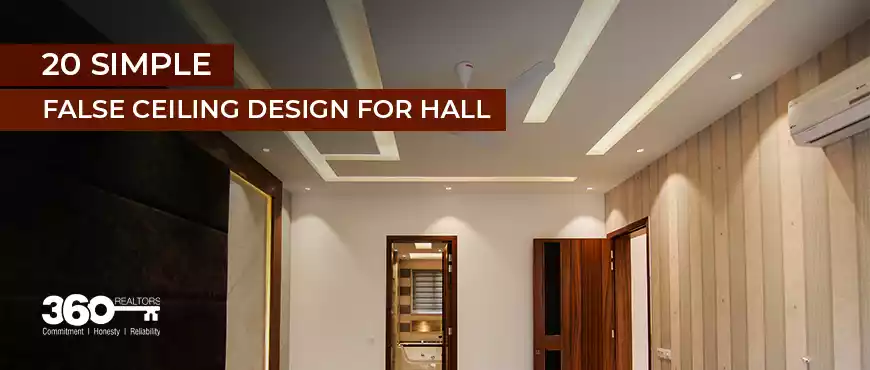The implementation of the much awaited GST has been implemented with effect from 1st July 2017 with the motive to take away all separate state and central taxes, VAT, etc. and to create a single, simplified, taxation system in the country. Here are some points that will explain ‘How GST will impact the Indian real estate’ sector and will be beneficial to builders as well as home buyers.
GST and its Impact on Real Estate in India
The New taxation regime GST (Goods & Service Tax) is going to be the most radical tax reform that has happened in the past several decades and is anticipated to have a profound impact on the Indian economy.
As per this unified taxation regime, the GST Council shall fix the rates in a 4-tier tax structure: say 5%, 12%, 18%, and 28 %, the rule being 5% for mass consumption items and 28% for luxury items.
“One Nation, One Tax” is the main aim to introduce the same. The GST subsumes all other taxes like service tax, central excise, VAT and all other local taxes into one flat tax (GST) in order to create a uniform market, control tax evasion, and promote GDP growth.
By paying different taxes at different levels, a lot of money and labour is wasted. This tax is in sync with the absorption standards of industry, especially for property market where paying various taxes led to an excess of 40%.
- Real Estate Taxes before GST in India
Before GST, there were multiple indirect taxes levied on the real estate sector. There was a service tax charged for labor and services component, VAT on sale of goods like the construction materials. These taxes were normally charged in the range of 7-9% but varied from region to region. The developers even had to bear the brunt of higher cost inputs since all the all raw materials namely sand, cement, bricks, iron, plaster, wall fittings, paints, tiles, etc. were levied taxes in the range of 20-25%.
With the implementation of GST, it’s a bye-bye for multiple taxes and this will be the most drastic and positive change for Real estate. When a builder has paid GST on input materials, he can claim input tax credit. As per GST he is bound to pass the input tax credit benefit to the customer.
The customers might feel that the GST on under- construction properties is 12% which is higher than previous taxes (Service Tax plus VAT which amounted to 7-9%). However, they need to realize that the taxes on input materials have been already paid by the developer and the same is included in the property cost.
With GST, things will change as the developer can claim input tax credit i.e. he can claim for the taxes that have been already paid while the purchase of different raw materials. This will reduce the effective costs and the input tax credit benefit shall be passed on to the customer. So, as a customer you might feel being overcharged but the base used for charging the tax will reduce due to the input tax credit.
GST rates for various raw materials:
|
Goods
|
GST Rate
|
|
Cement
|
28%
|
|
Steel
|
18 %
|
|
Natural sand, pebbles, gravel
|
5 %
|
|
Sand lime bricks and fly ash bricks
|
12 %
|
|
Blocks of marble and granite
|
12 %
|
|
Lifts and elevators
|
28 %
|
- Impact of GST on various types of properties
- Under-Construction property: Another major reason to bring smile on a thousand faces is that the buyers will be charged a flat rate of 12% on all the under-construction projects. Normally people take a home loan on their Under-Construction Properties, based on the value of the property. While taking a loan, they don’t calculate the various taxes they will have to pay. With GST, the buyers shall be clear of the one standard tax they need to pay, i.e. @12%, and will make all their calculations accordingly leaving no chance for any doubt or confusion. The whole process would be easy & convenient.
- Ready to Move Property The government is exempting ready to move in apartments from GST, which will make them more attractive to home buyers as well as investors. They won’t be charged anything on account of GST for buying ready-to-move- apartments; hence the impact of GST on the resale properties shall be very minimal.
- Affordable Housing: In its endeavor to support the Prime Minister’s drive of “Housing for all by 2022”, all the projects under affordable housing scheme have been exempted from GST. This shall also include the under-construction properties covered under the same. Thus it will give a major boost to the affordable housing segment and will help in bringing down the cost of the projects covered under this scheme.
- Stamp Duty & Registration Charges
Varying from state to state both these charges remain the same. While the registration charges range between 0.5-1 percent of property value across the states, the Stamp Duty varies from 4-10%.
To conclude:
- Regulatory reforms like GST & RERA are aimed to induce better transparency and credibility into the system besides instilling buyer confidence in the Indian real estate industry.
- The new unified taxation regime GST will simplify the previously complicated taxation structure.
- Input tax credit will lead to reduced cost for developers, whose benefit will be passed on to the customers.
- By paying GST, the buyers will enjoy the benefits of input tax credit.
- GST is expected to give major push to affordable housing as more and more projects are expected to be launched under this scheme.
- Major push to ready-to-move and under-construction projects.
- Registration charges and stamp duty to remain the same and applicable on all types of properties.
- The GST for Under Construction Property is 12%.
- Ready to Move Property and Affordable Housing are exempted from GST.






